2016 Ambassadors
ACEAP 2016 Ambassadors
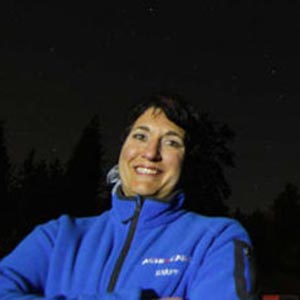
Michelle Ferrara Peterson
Michelle Ferrara Peterson is the program director at AstroCamp, a residential science center located in Idyllwild, California. Michelle began her career in research, which took her to many interesting places, including Australia, Hawaii, Alaska, and Antarctica. Throughout her adventures, she discovered her passion for sharing the natural world with others (especially children) and so began her love with informal science education. Michelle first worked at AstroCamp for five years as an instructor. Her zeal for education brought her to the Oregon Museum of Science and Industry as the School Partnership Manager, where she was able to hone her skills of blending informal and formal education. In 2010, she returned to AstroCamp as program director. She feels that nothing can replace a clear night sky to spark the interest of students in astronomy. She has been fortunate to participate in professional development trainings at JPL and with SOFIA. She is a member of the International Planetarium Society and Astronomical Society of the Pacific. She is also lead for the Research and Education Collaborative Occultation Network (RECON) team at AstroCamp, which is one of 55 sites in this citizen science astronomy network. Michelle believes that the best part of science is that there is always more to discover. Her two young boys are full of curiosity and provide many learning opportunities for her. She can’t wait to learn about the amazing astronomy research being conducted in Chile and to share that knowledge with 18,000 students and teachers that visit AstroCamp yearly.
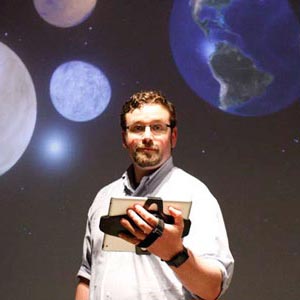
Michale Joshua Roberts
Michale Joshua Roberts has caused a lot of undue confusion with his name, so he goes by M. Josh Roberts. Josh is part of the planetarium content creation team for the California Academy of Sciences and has developed live content for venues across the museum and beyond. He has been doing amateur astronomy for half his life and got his degree in astronomy from San Francisco State University (Go Gators!). Between the SFSU observatory and Leuschner observatory in the Berkeley hills, Josh has experienced both the operational/maintenance side of running an observatory as well as assisting students and the public with making observations and learning about what they see. Youth education and inspiration is one of his major foci, so the ongoing development of portable planetarium curriculum and youth astronomy programs has been a high priority. Through Project ASTRO, Astronomy From the Ground Up, Superhero Physics, and MySky programs he is trying to learn new ways of sharing his passion for science through astronomy and humor. One of Josh’s life goals is trying to amass an omnibus of the worst jokes in astronomy and you can help! (tinyurl.com/astrojokes) Non-astronomical hobbies include home-brewing, games of the tabletop variety and historical societies.
tinyurl.com/astrojokes
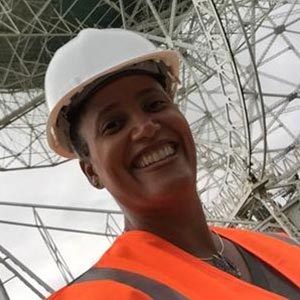
Sian Proctor
Sian Proctor is a geology professor at South Mountain Community College (SMCC) in Phoenix, Arizona. She has a bachelor’s of science degree in Environmental Science, a master’s of science in Geology, and a Ph.D. in Science Education. Both her master’s and doctoral research involved the use of technology to understand how individuals learn. She teaches both hybrid and online geology and sustainability classes and has traveled and taught around the world. Sian has a passion for space exploration and photography. She helped run a summer internship program at Kennedy Space Center, has been a mentor for the Arizona Space Grant Consortium, and was a finalist for the 2009 NASA Astronaut Program. In 2013, she was the education outreach officer on a four-month NASA-funded mock Mars mission called Hawaii Space Exploration Analog and Simulation. During the mock Mars mission, she created education outreach videos and had a photography contract for Discover magazine. This spring Sian is featured in a new PBS series called Genius with Stephen Hawking. She’s in Episode 3: Are We Alone where she learns to search for intelligent life in the universe. Every year, Sian gives numerous presentations on science, technology, engineering, math, and space exploration. She is extremely excited to be a part of ACEAP. Her goal is to bring what she learns back to her college, students, and community with the intent of offering more astronomy related courses. Sian will be teaching planetary science this fall at SMCC.
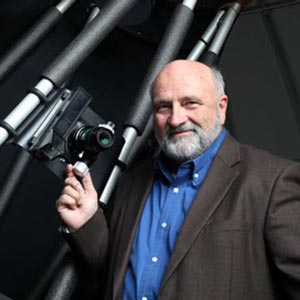
William Bogardus
William Bogardus is a career educator and school administrator currently supervising science student teachers for the State University of New York College at Oneonta. He is active in the Astronomical League currently serving as vice president and is a coordinator for the Radio Astronomy Observing Program. His accomplishments in amateur astronomy include the Master Observer and the Master Outreach awards. In 2013, he was presented with the G. R. Wright Award for Outstanding Service to Astronomy. A physics teacher at heart, at the secondary level he has taught astronomy classes and served as planetarium director at Ogdensburg Free Academy and director at the Wesley L Stitt Observatory there. His observing adventures have taken him all over the world, including trips to Chile and Bolivia. Relating to his experiences in astronomy, he has been a speaker at local clubs, small groups, and the Winter Star Party in the Keys. He has written articles for astronomy publications and maintains social media pages for astronomical organizations to which he belongs.
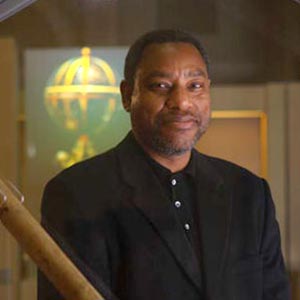
Derrick Pitts
Derrick Pitts, chief astronomer and director of the Fels Planetarium at The Franklin Institute, has been an integral part of the Institute since 1978, designing and presenting many of the Institute’s exhibits and public programs. Pitts has been the architect of numerous community science outreach programs, has co-authored planetarium shows currently in worldwide distribution, currently serves as the U.S. Science Museum, Planetarium, and Urban Outreach Advisor to the Thirty Meter Telescope project and since 1990 has continually created nationally distributed astronomy and space science content for the Philadelphia PBS affiliate WHYY TV12 and their radio counterpart WHYY 91FM. As ‘the face’ and ‘voice’ of the Institute for many years, he regularly appears on major national and international television networks as a science content expert and was the U.S. spokesperson for the IAU’s International Year of Astronomy in 2010. Pitts currently serves as a NASA Solar System Ambassador and served for three years as the NASA/MIRS Astrobiology Ambassador. Pitts has received numerous honors, including the Philadelphia Mayor’s Liberty Bell (twice), the inaugural Fellow of the Wagner Free Institute of Science award, the inaugural David Rittenhouse Science Achievement Award, was inducted into the Germantown Historical Society Hall of Fame, and was awarded an honorary doctor of science degree from LaSalle University in 2011. Pitts is also the only astronomer invited to participate in both of President Obama’s White House star parties as a telescope operator. In fact, in typical fashion, Pitts actually picked up the Obama’s younger daughter Sasha so she could look through the eyepiece back when she was too small to reach it herself!
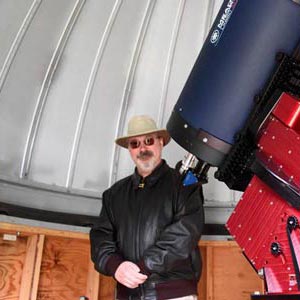
John Blackwell
John Blackwell is the observatory director and educator in science at Phillips Exeter Academy, in Exeter, New Hampshire. John came to Exeter with degrees in aviation management, flight operations, and astronomy. He spent over 15 years as an engineer in the early years of the Internet’s growth, designing, building and testing routers, repeater and technology for high-speed video over the Internet. His first look through a telescope was at age nine and he hasn’t turned back since! At Exeter he teaches all of the astronomy courses, physics, a senior studies course called Science and Religion, and epistemology. All of the astronomy courses follow a research-based science education pedagogy for which John was given the ASP Thomas Brennan Award in 2010. Outside the classroom, John gives visiting lectures and opens up the observatory for weekly public talks and star parties. He is also an active researcher with focus on AGN and cataclysmic variable stars. Students are often involved in that research, and John works with them to publish their findings for presentation at AAS meetings. During summer months, John helps other institutions to build observatories and is involved from the planning and design stages all the way to first light. When there is time to relax, John enjoys a wide range of hobbies and activities including hiking, aviation, astrophotography, gourmet cooking, model building, and playing drums.
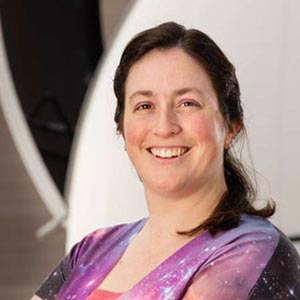
Geneviève de Messières
Geneviève de Messières manages the astronomy education program at the Smithsonian National Air and Space Museum. The keystone of the program is the Phoebe Waterman Haas Public Observatory on the National Mall. Her enthusiastic team of staff, student employees, and dozens of volunteers regularly invite the public to become astronomers by using telescopes and engaging with hands-on astronomy activities. They also lead lectures in the Albert Einstein Planetarium, teacher workshops, and school field trips. They tweet, blog, and post images. Geneviève launched Astronomy Chat, a series of informal conversations between researchers and the public. In 2015, she helped organize White House Astronomy Night. She has helped develop several new exhibits at the National Air and Space Museum, most recently “A New Moon Rises.” Geneviève first got interested in astronomy using her dad’s telescope and reading “The Grand Tour: A Traveler’s Guide to the Solar System.” She loved physics, but it didn’t occur to her that astronomy could be her career until her first astronomy professor at Swarthmore College invited her to join his research team. She earned her Ph.D. in astronomy at the University of Virginia, using the Spitzer Space Telescope to study an unusual mode of star formation in the hearts of galaxy clusters. At the University of Virginia, she helped found Dark Skies, Bright Kids, an after-school astronomy club for rural elementary schools. She started at the National Air and Space Museum as a volunteer, and now has her dream job as an astronomy educator there.
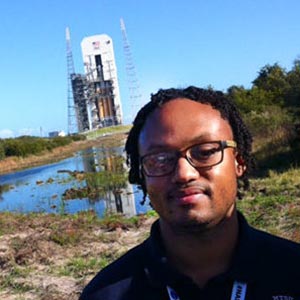
David Lockett
David Lockett is an elementary school teacher at Mitchell Neilson Elementary in Murfreesboro, Tennessee. David also serves as a Solar System Ambassador for the State of Tennessee. David has been compelled by the cosmos from an early age. He started the nonprofit camp STEM, which focuses on using innovative methods to bring STEM—science, technology, engineering and math—education to students from underserved communities. The camp was recently featured on Goddard Media Studios, “GPM Scientists answer students’ questions about global precipitation.” He attended the NASA Orion launch, OLYMPEX campaign, which focused on tracking precipitation over mountainous terrain that is difficult to measure, and previewed the New Horizons mission at Johns Hopkins Applied Physics Laboratory. His efforts with STEM and astronomy were recognized recently with a Congressional STEM proclamation from U.S. Representative Scott DesJarlais. David is looking forward to the ACEAP experience and sharing the experiences with students and teachers alike.
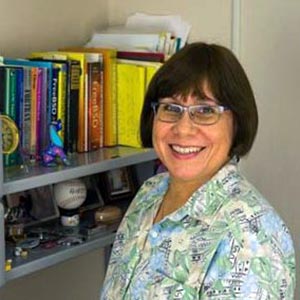
Carmen A. Pantoja
Carmen A. Pantoja is the first Puerto Rican woman astronomer. She completed her bachelor’s and master’s degrees in physics at the University of Puerto Rico (UPR), and obtained a Ph.D. at the University of Oklahoma using the Arecibo Observatory for her research. She is a professor of physics at the Department of Physics of the Natural Sciences Faculty (UPR, San Juan). Carmen is interested in the large-scale distribution of galaxies in the Universe and in the emission properties at radio and infrared wavelengths of galaxies. She has been involved in diverse outreach activities: In 2009 she was part of the organizing committee for the celebration of the International Year of Astronomy in Puerto Rico. She has worked in the development of strategies to make astronomy accessible for people who are visually impaired or blind.
